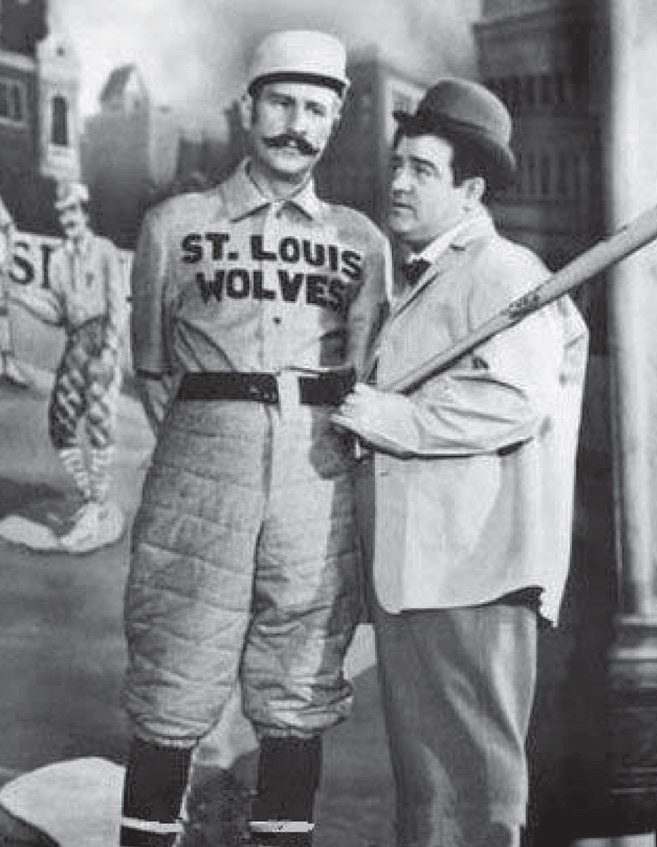History of petroleum
Evan Zabawski | TLT From the Editor September 2011
Determining the earliest oil well proved to be a lot more challenging than you’d think.

My quest to find the original oil well left me feeling like Lou Costello doing his famous “Who’s on First?” routine with Bud Abbott.
Last year I was asked to be the keynote speaker at an educational seminar. Being given free rein to select the topic, I chose something of interest to me: the history of lubrication. As I sought to define the period in time when humans developed their lust for oil, I uncovered some interesting facts.
One of the threads I tried to follow was determining when mankind first drilled for oil. Many of you probably have heard that Colonel Edwin Drake was the first to strike oil in 1858, but he was merely the first in the United States. James Miller Williams produced a commercial oil well in North America earlier that year. Granted he was drilling for water at the time, not oil, but he built a well and sparked explosive growth in the nearby town of Oil Springs, Ontario.
However, these wells were only the first in North America, not the world. At nearly the same time in 1858, a successful oil well was drilled in Weitze, Germany. Four years earlier, Ignacy Lukasiewicz drilled the first well in Poland. In Azerbaijan a Russian engineer named F.N. Semyenov drilled an oil well in 1848, a full decade ahead of the first well in North America. After this revelation, I was beginning to feel like my research was terminating and that I could safely identify the world’s first oil well.
Alas, I stumbled upon the book
Practical Advances in Petroleum Processing by Chang Samuel Hsu and Paul R. Robinson, which showed that drilling for natural gas occurred in China almost 24 centuries earlier. At this point I wondered just how much I was going to let semantics play a role. Was I trying to identify the first well or the first drilling? What if the oil was just lying there on the surface or bubbled up through a water well? Was I restricted to oil or any petroleum product?
My research started a landslide of information that buried my original concept and left in its wake a vastly expanded timeline of mankind’s interaction with petroleum. I added major events concerning the 1861 oil boom in California and others surrounding the Canadian Oil Sands boom of the last half-century, including its actual discovery 200 years earlier, which then led to the mention of other oil sands operations in France that remained operating for nearly 240 years.
Soon I found myself really unable to pinpoint who was first at anything, and I felt like Lou Costello doing his famous “Who’s on First?” routine with Bud Abbott. That’s when the light bulb came on. I thought maybe the presentation could be historical and comical. Every time I would present a “first,” I would follow through with another fact that challenged its credibility.
I wanted to share this presentation here in this column, however, some of the timeline was only relevant when accompanied by an image. So to make things fun, we’ve included 26 notable factoids about petroleum, which you can find throughout this issue of TLT at the bottom of certain pages. I have abbreviated the description of the events and sorted them chronologically for easy reading. Also, it would be very unfair of me not to credit major sources such as the aforementioned book, the San Joaquin Valley Geology Web site (
www.sjvgeology.org) and the respective Web sites of any companies mentioned within.
I hope you enjoy these factoids as much as I have.
 Evan Zabawski, CLS, is the senior reliability specialist for Fluid Life in Edmonton, Alberta, Canada. You can reach him at evan.zabawski@fluidlife.com
Evan Zabawski, CLS, is the senior reliability specialist for Fluid Life in Edmonton, Alberta, Canada. You can reach him at evan.zabawski@fluidlife.com.